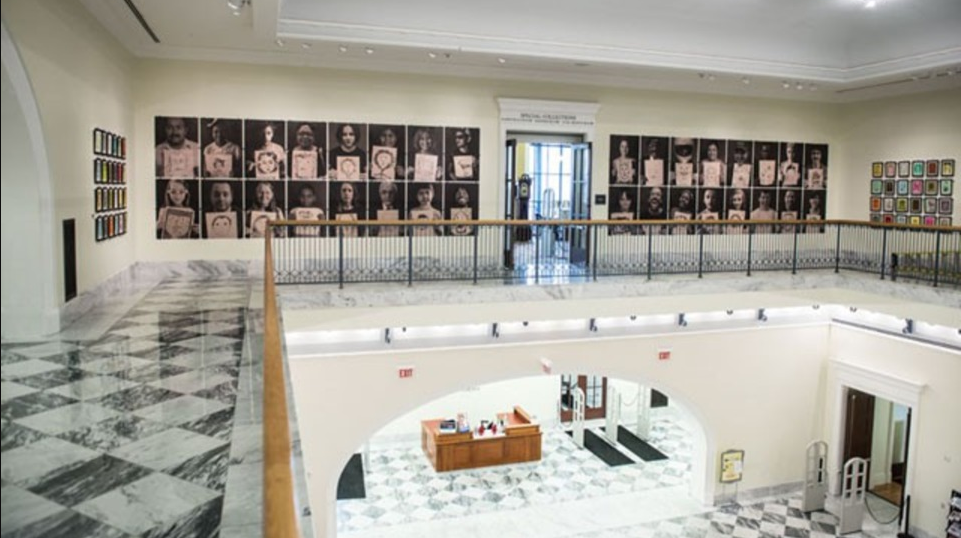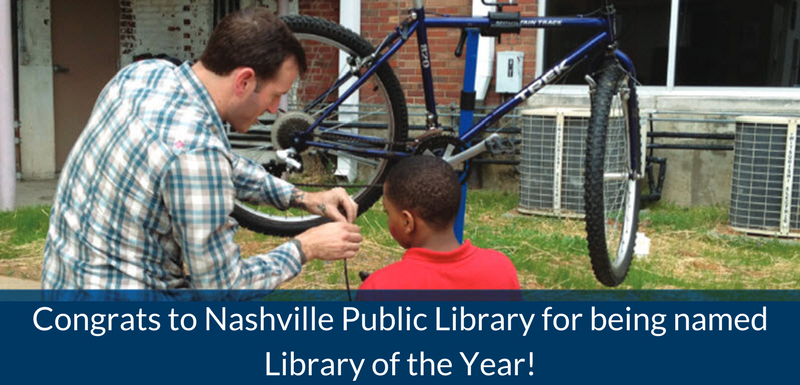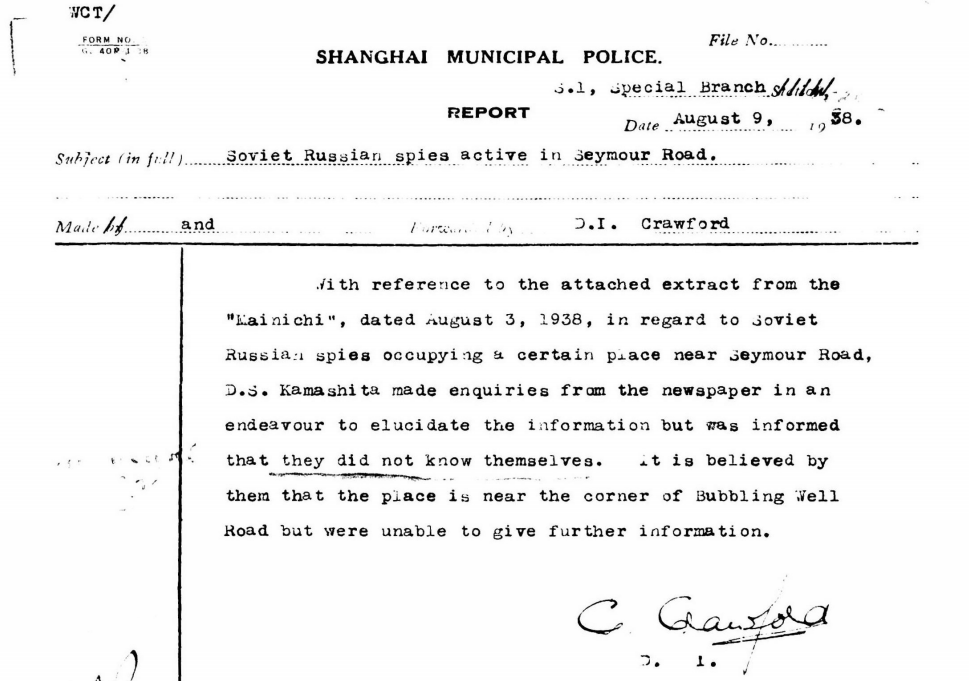| Originally publish on BubbleUp Classroom by Corey Thornblad|
This week I had the pleasure of participating in the annual Virginia Association of School Librarians conference in Norfolk, Virginia. I’ll admit that I was a fish out of water — the only teacher in a sea of school librarians. Even though I don’t know much about the Dewey Decimal system or online catalogs, they made me feel right at home.
As I sat at dinner, listening to their conversation about teaching and learning, I realized that unless you have had the privilege of working in a school over the past decade you may not understand what school librarians actually do. Librarians are not a braggy bunch; so I feel inclined to set the record straight on their behalf. You probably think they spend their entire day shelving and checking out books, while shushing students. It’s time to set aside these stereotypes and give librarians their long overdue kudos.
Librarians teach — a lot
First and foremost, school librarians are teachers. If you walk into our school’s library on any given day you are likely to see one of our librarians co-teaching or independently teaching a lesson. In order to pull this off, librarians have to be content experts in everything from science to math to PE. Moreover, librarians have the ability and desire to teach children of all levels and learning styles.
Librarians are Apple Geniuses in disguise
Librarians know A LOT about technology. Our librarians are the go-to teachers in our building for everything tech. They help us search the web, use Twitter, create our own websites, and help us learn how to use Google Classroom.
Read moreYou Think You Know What Librarians Do?











